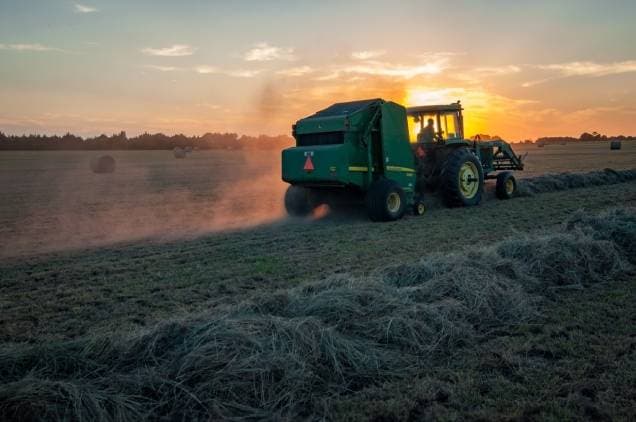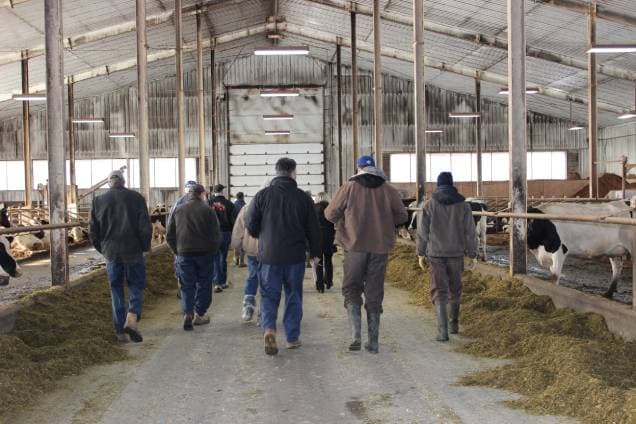Winter is a season that has many of us spending more time in the shop – performing over-winter maintenance, doing repairs to machinery or infrastructure, and getting gear ready for the spring. It is a good time to ask the question: Is my shop a safe place to work?
A clean shop is a safe shop. Eliminate tripping hazards by cleaning up tools, jacks and jackstands, and any other equipment or parts from the floor. Slips can happen very easily when fluids spill on the floor. If you have a spill, ensure that it is promptly cleaned up and keep absorbent material on hand. Ensure that your workbench is free of clutter and put away any materials that are impeding your space. All air hoses, power cords, and similar items should be properly rolled up and off the floor.
Before beginning work in your shop, consider performing this safety checklist:
- Fire extinguisher is charged, in working condition, and easily accessible.
- Floor jacks have no signs of leaking or weeping. Never rely on a jack alone to support weight.
- Jack and jack stands are rated to support the weight of the equipment you’re working on.
- Flammable/explosive materials are properly stored and away from the work area.
- Air and gas hose lines are in good condition. Lines and electrical cords have no frays or leaks.
- PPE is available and in good condition.
- Work area is clean, tidy, and provides ample space to work.
- All tools have appropriate safety guards in place.
- Lighting is sufficient for the work you will be doing.
Always implement a lockout/tagout procedure when working on equipment.
In simple terms, a lockout/tagout procedure includes shutting down the energy supply to the equipment being worked on, releasing any stored energy in the machine, ensuring it is unable to start up again, and locking and tagging it so no one except the worker performing maintenance can access it. Only the person who locked out the machine may unlock it. Tagging it provides information on who locked it, why, and the time the lock was applied. An example of de-energizing equipment in agriculture is switching off and locking the electrical disconnect in the off position before beginning work on an auger. For more information, Farm Safety Nova Scotia has a Lockout fact sheet and checklist here.
Farm Safety Nova Scotia has lockout/tagout tags available for your farm. To get yours, contact jokane@nsfa-fane.ca or call (902) 893-2293



